The world is home to an astonishing diversity of wildlife, each species playing a crucial role in maintaining the delicate balance of our ecosystems. However, numerous animal species are teetering on the brink of extinction due to a multitude of threats ranging from habitat destruction to climate change. Raising awareness and taking proactive measures are essential steps towards preserving these magnificent creatures for future generations. In this article, we will delve into the top 10 most endangered animals and explore potential solutions for their conservation.
1. Javan Rhino

Critically endangered with less than 75 individuals remaining, the Javan Rhino is found only in Ujung Kulon National Park in Indonesia. Habitat loss due to agricultural expansion and poaching for their horns pose the greatest threats to their survival.
How We Can Save the Javan Rhino
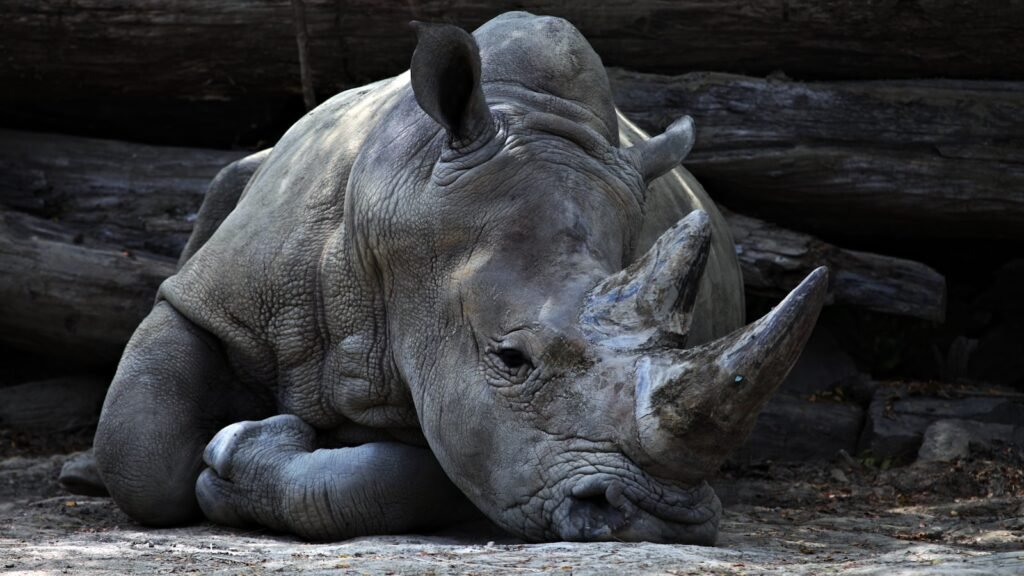
Efforts to save the Javan Rhino include strengthening anti-poaching measures, restoring their habitat, and expanding their range within suitable protected areas. Conservation programs must focus on community engagement to ensure local support.
2. Vaquita

The Vaquita, a small porpoise native to the Gulf of California, is critically endangered with possibly fewer than 10 individuals left. Bycatch in illegal gillnets used for fishing the totoaba fish is the primary cause of their decline.
How We Can Save the Vaquita

Eliminating illegal fishing activities and implementing sustainable fishing practices are crucial. International collaboration is necessary to enforce stringent regulations and promote awareness among local communities and fishermen.
3. Mountain Gorilla
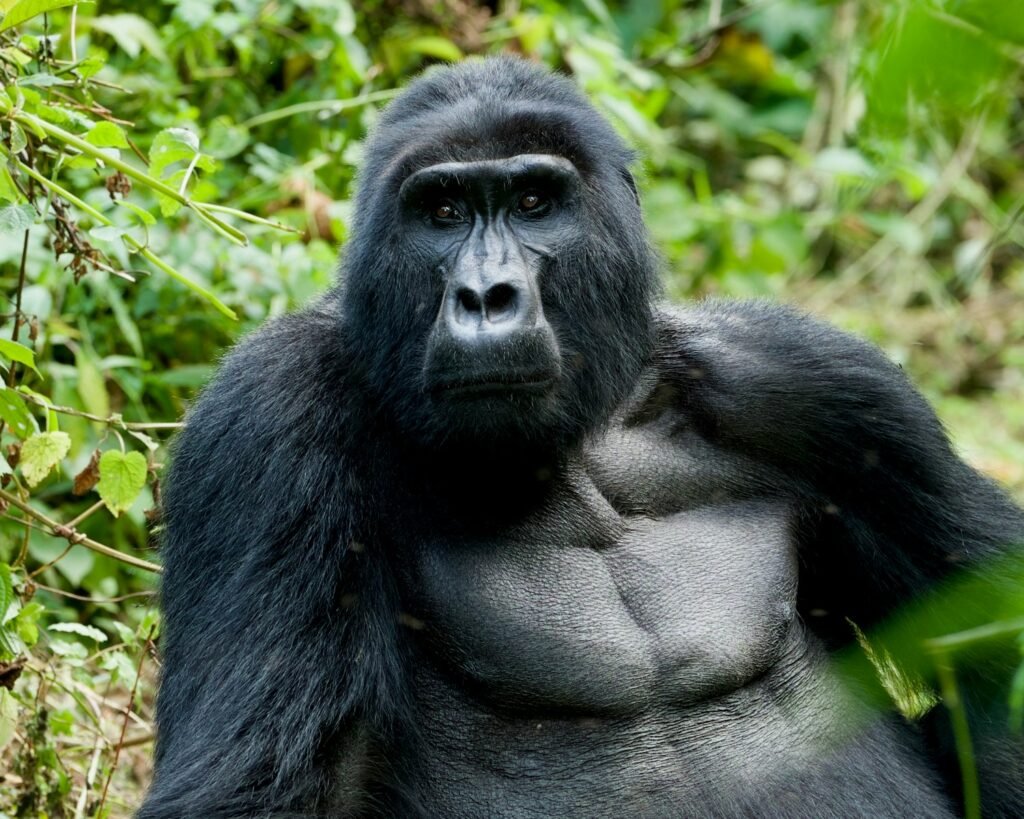
Mountain Gorillas inhabit the forests of the Virunga Mountains straddling Uganda, Rwanda, and the Democratic Republic of Congo. While their numbers have increased to over 1,000, they remain threatened by habitat loss, disease, and human conflict.
How We Can Save the Mountain Gorilla

Continuing the conservation success requires enforcing anti-poaching laws, disease prevention efforts, and promoting eco-tourism that benefits local communities. Supporting transboundary conservation initiatives is also vital.
4. Yangtze Finless Porpoise
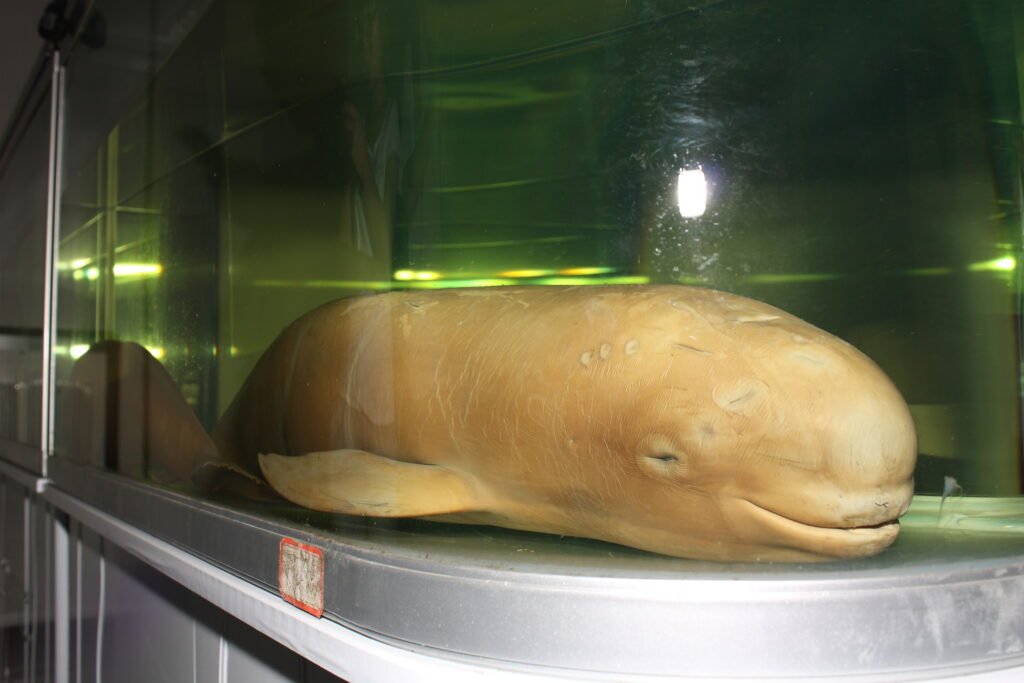
Known for its playful nature, the Yangtze Finless Porpoise faces imminent extinction with fewer than 1,000 individuals remaining. Habitat degradation, pollution, and illegal fishing are accelerating their decline.
How We Can Save the Yangtze Finless Porpoise
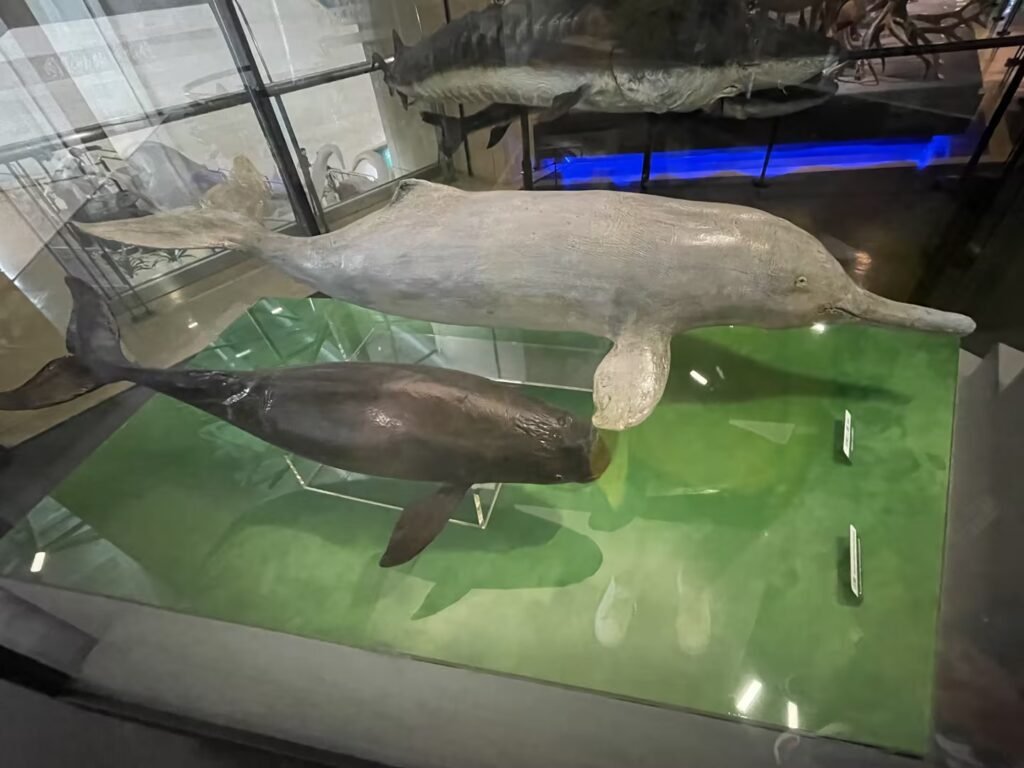
Efforts must focus on improving water quality, restoring habitats, and regulating fishing activities in the Yangtze River Basin. Environmental education and community involvement are key to fostering a culture of conservation.
5. Hawksbill Turtle
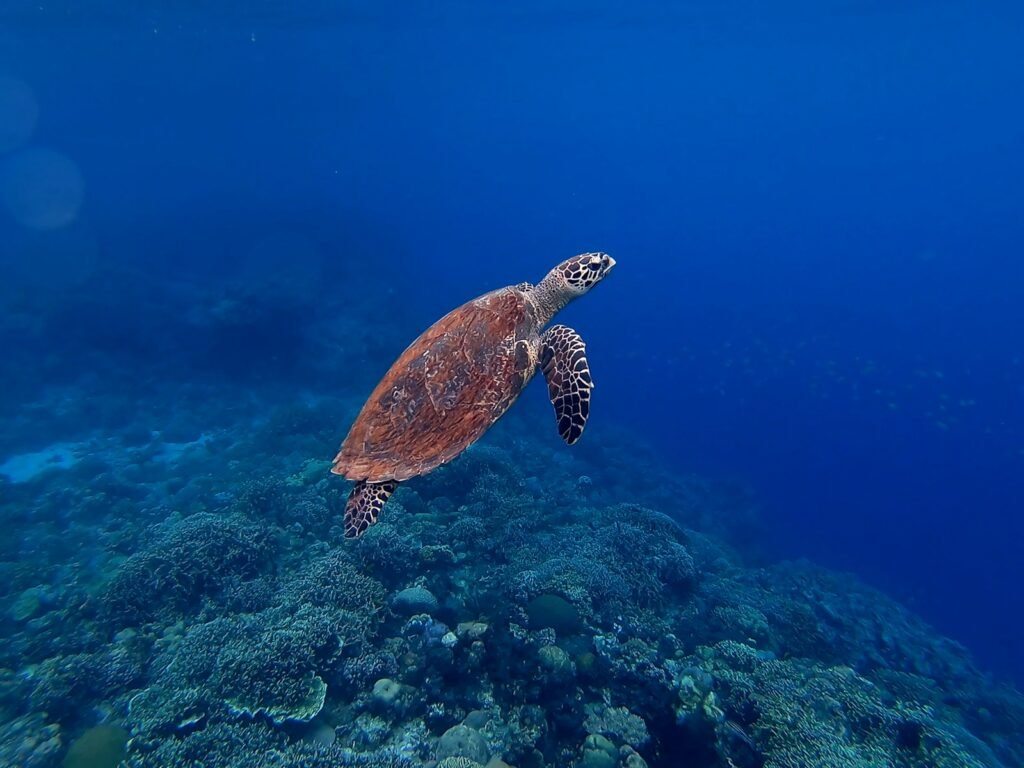
Critically endangered due to illegal trade of their shells and loss of nesting sites, Hawksbill Turtles are vital for maintaining healthy coral reefs. Their population has decreased dramatically in recent decades.
How We Can Save the Hawksbill Turtle

Ensuring the protection of nesting sites, enforcing bans on the international trade of turtle products, and reducing marine pollution are essential strategies. Conservation efforts must also include community-based initiatives in key nesting areas.
6. Sumatran Elephant
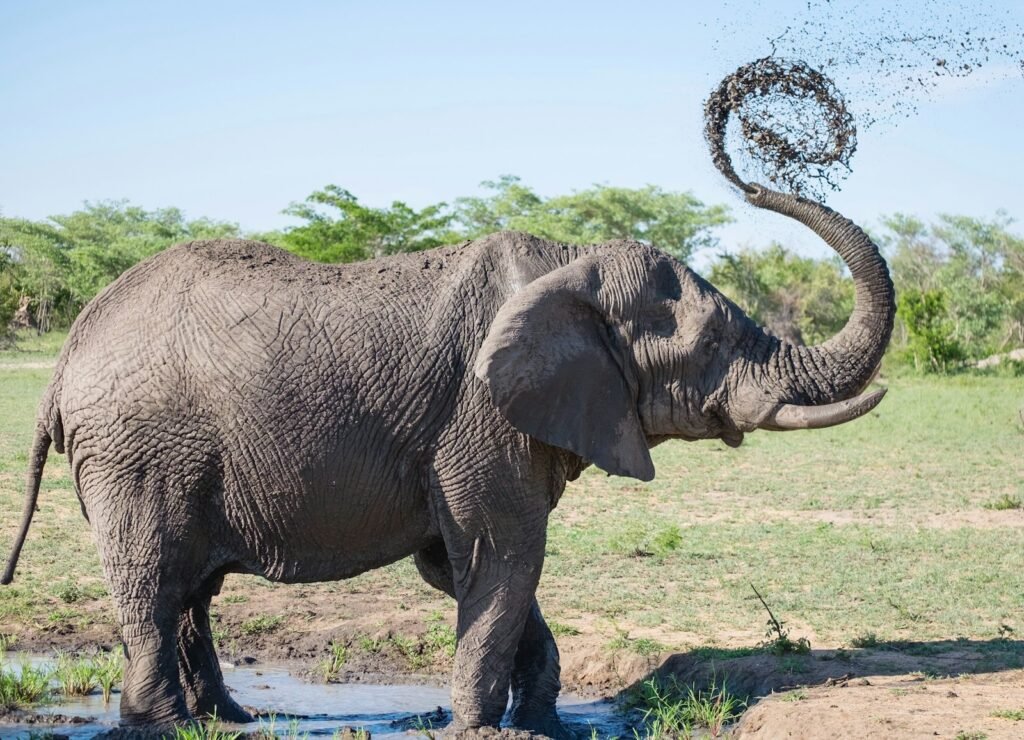
With less than 2,000 individuals remaining, the Sumatran Elephant is primarily threatened by habitat loss due to logging, palm oil plantations, and human-elephant conflict.
How We Can Save the Sumatran Elephant

Conserving their habitat and mitigating conflicts through community awareness programs and sustainable land-use practices are crucial. Establishing wildlife corridors and anti-poaching patrols can also help increase their chances of survival.
7. Sunda Tiger
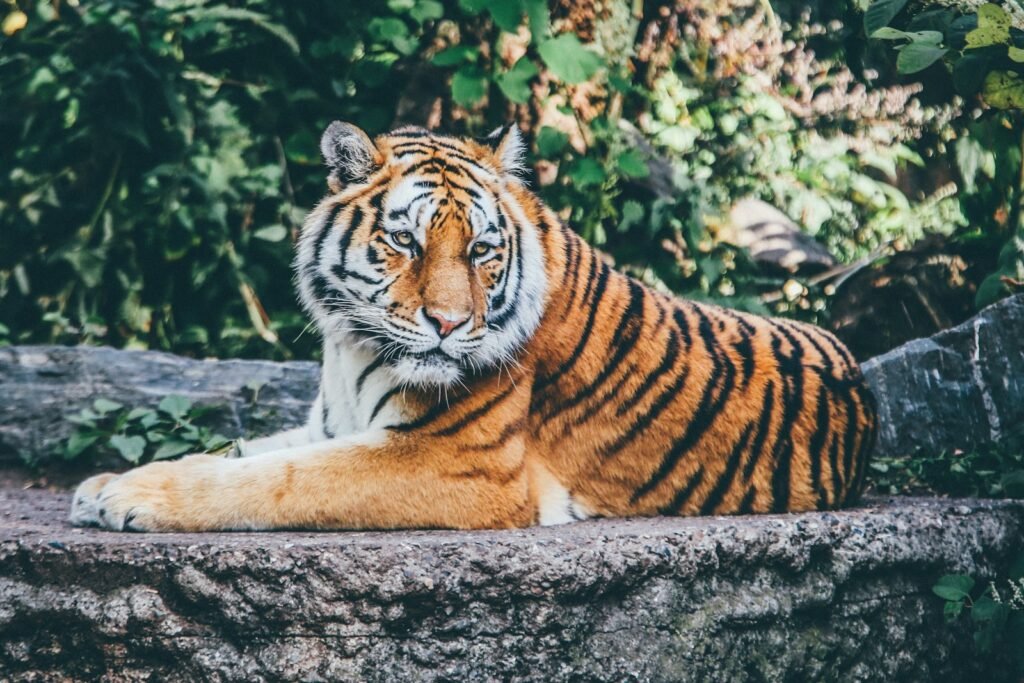
A distinct subspecies of the tiger, the Sunda Tiger is found only in Sumatra. Fewer than 400 individuals remain, primarily threatened by poaching and deforestation for palm oil production.
How We Can Save the Sunda Tiger

Sustained anti-poaching efforts, habitat protection, and promoting sustainable palm oil use are imperative. Engaging local communities in conservation efforts can create economic incentives to protect tigers.
8. Amur Leopard

Once found across the Korean Peninsula and Eastern China, the Amur Leopard now survives with as few as 100 individuals in Russia and China. Poaching and habitat destruction are their major threats.
How We Can Save the Amur Leopard

Fostering cross-border cooperation for conservation efforts between Russia and China, enhancing anti-poaching regulations, and restoring habitats are essential for their recovery.
9. North Atlantic Right Whale

This whale species faces severe threats from ship strikes and entanglement in fishing gear. With only about 360 individuals remaining in the wild, their population is critically low.
How We Can Save the North Atlantic Right Whale

Implementing shipping regulations, modifying fishing gear to prevent entanglements, and monitoring habitats are key steps. Conservation efforts should also focus on public awareness and policy advocacy.
10. Cross River Gorilla

The Cross River Gorilla, found in the border region between Nigeria and Cameroon, is critically endangered with fewer than 300 individuals. Deforestation and hunting pose severe threats to their survival.
How We Can Save the Cross River Gorilla

Strengthening protected area networks, conducting anti-poaching patrols, and engaging local communities in conservation activities are vital. International support and collaboration are essential to ensure their long-term survival.
Conclusion

Saving endangered species requires a multipronged approach that involves governments, non-governmental organizations, local communities, and individuals worldwide. By addressing the root causes of threats, fostering collaborative conservation initiatives, and promoting sustainable practices, we can work towards safeguarding the future of these remarkable animals and the ecosystems they inhabit. Every effort counts, and it is our collective responsibility to protect our planet’s biodiversity.




